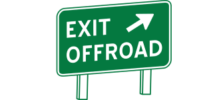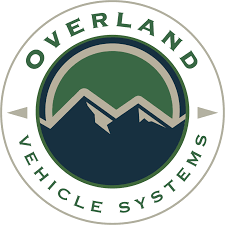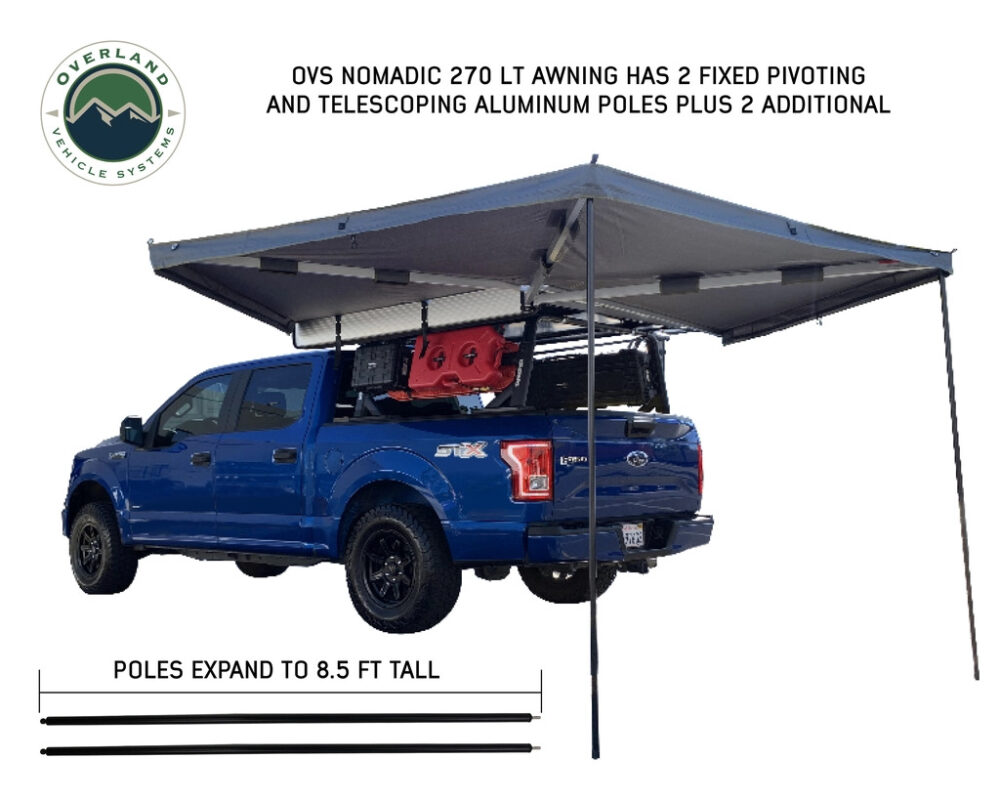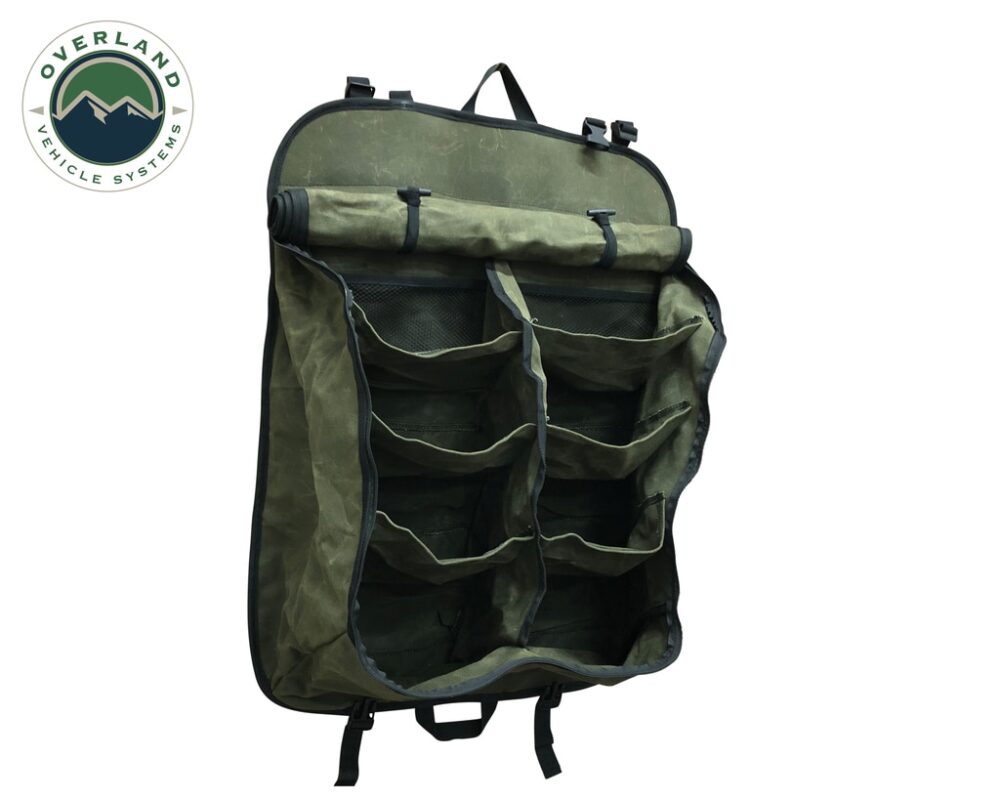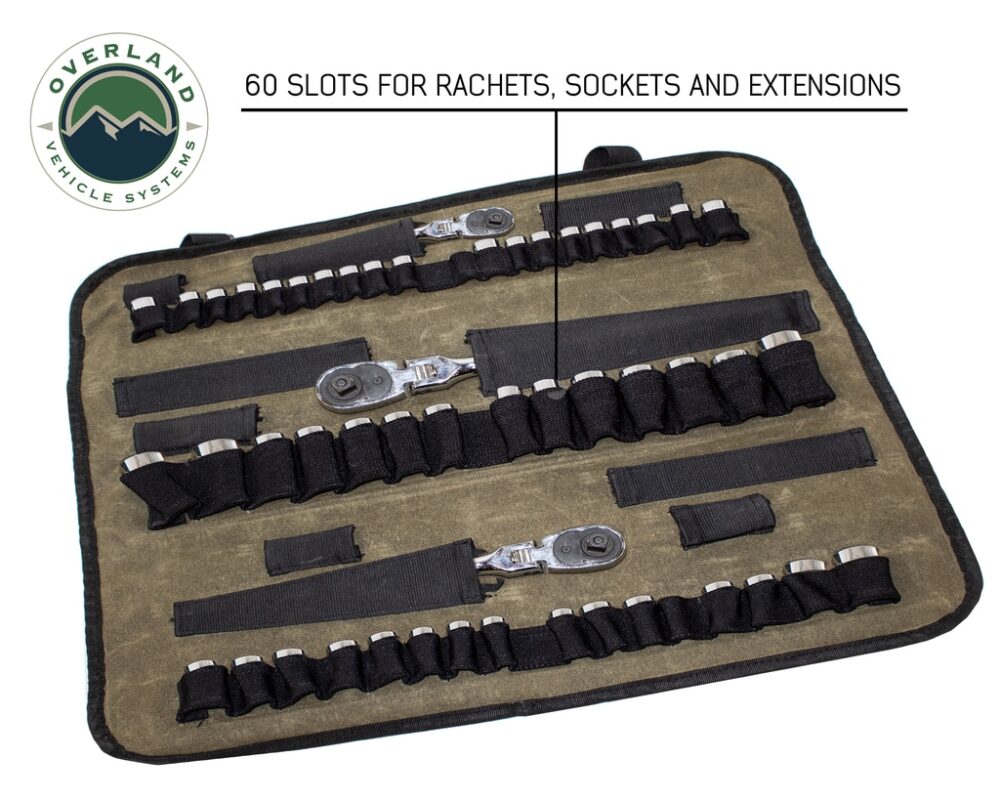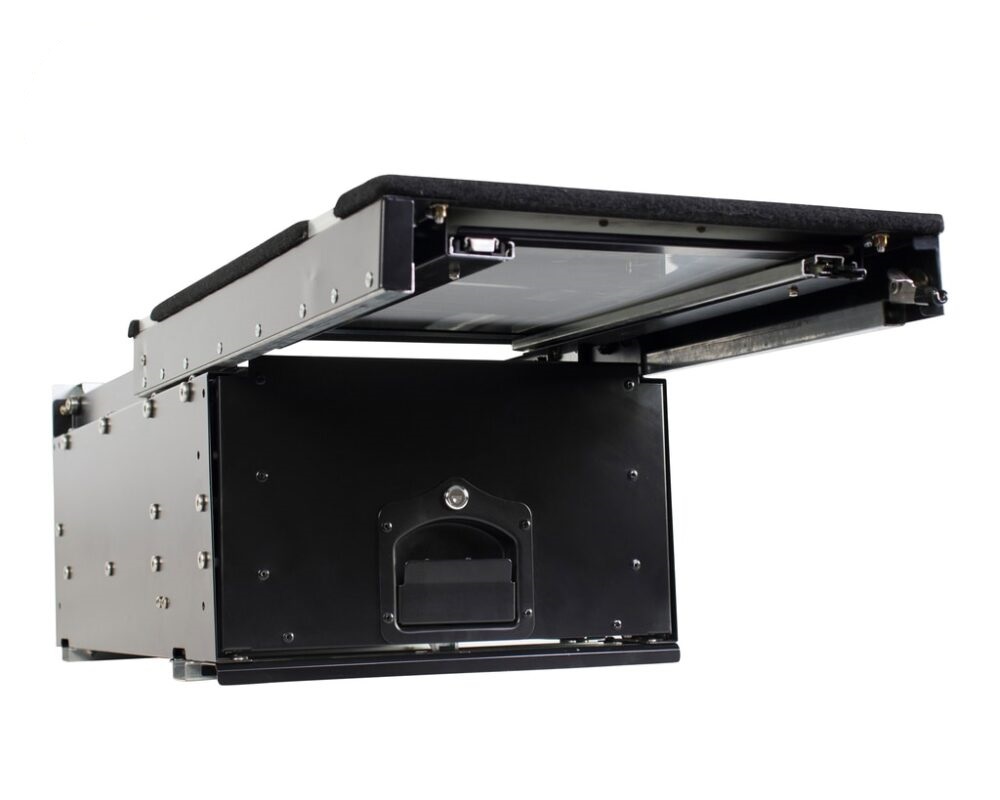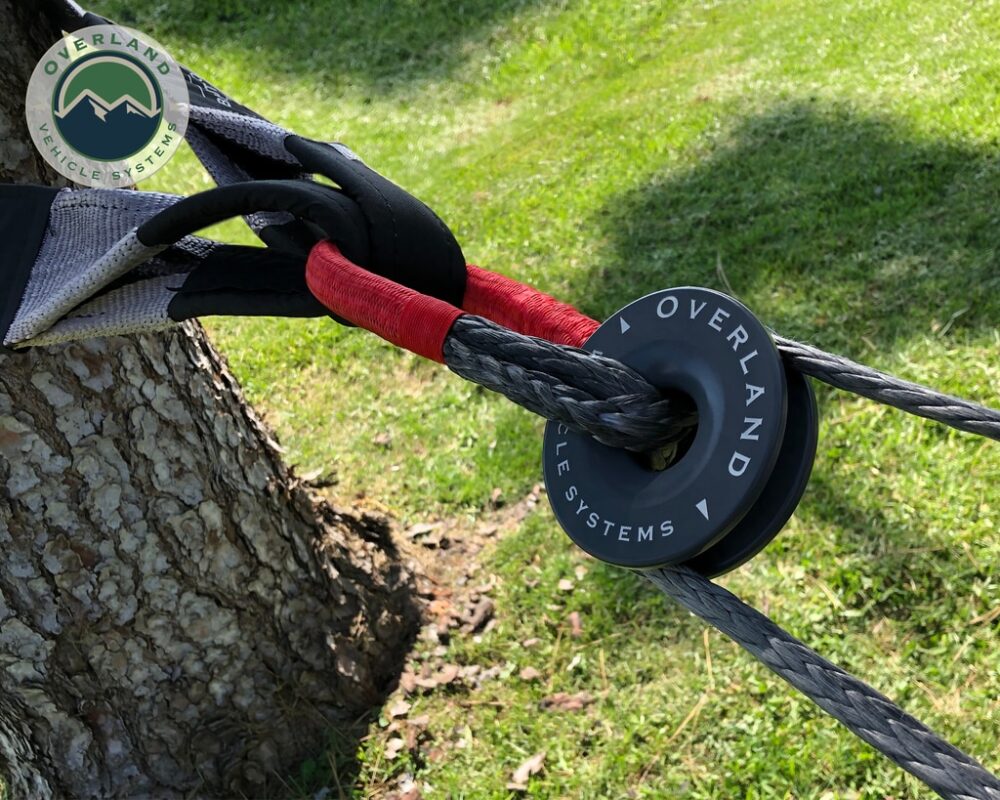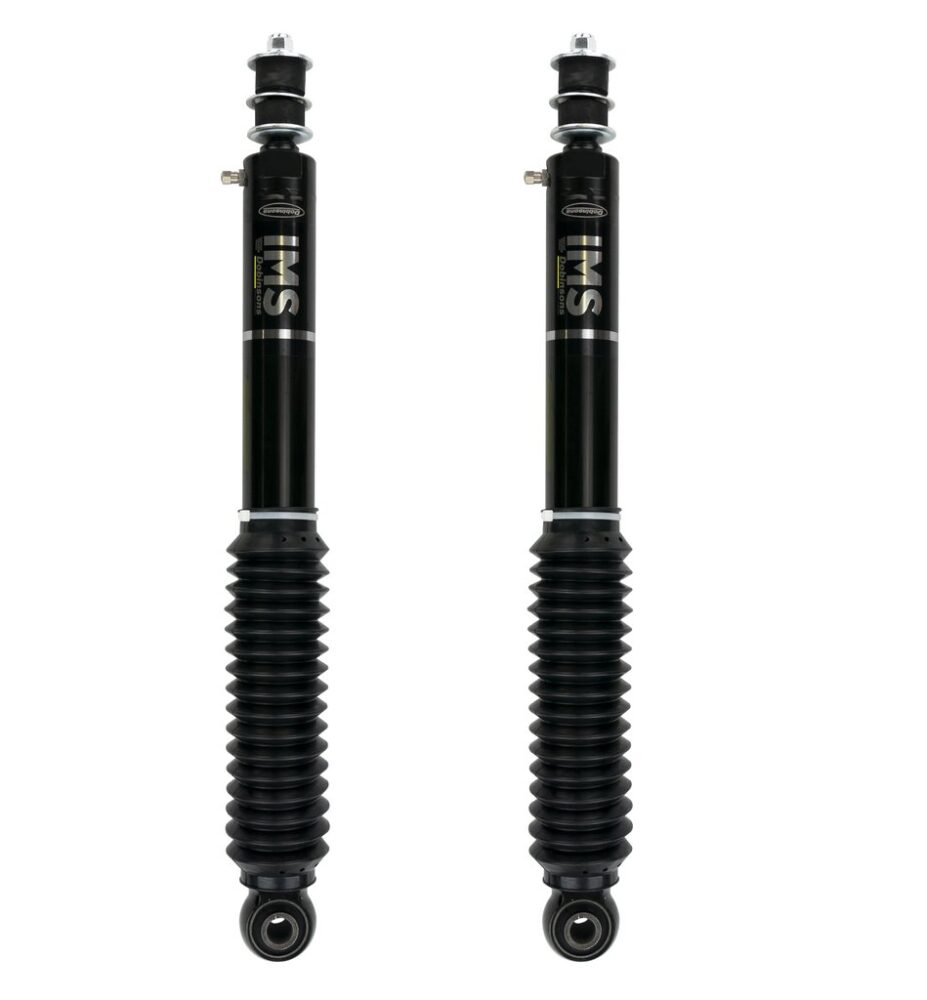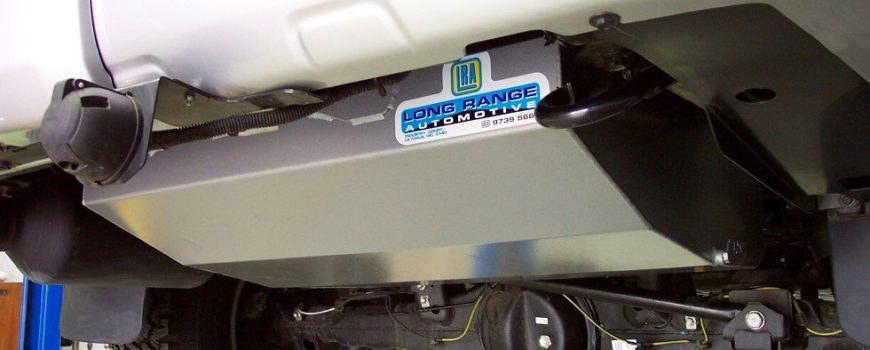Your cart is currently empty!
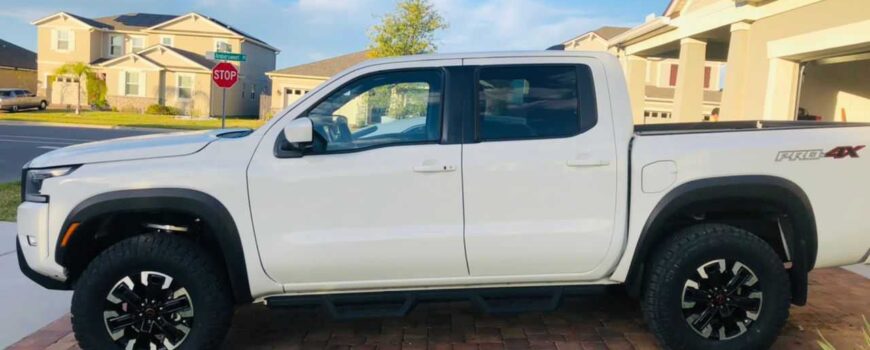
2022 Frontier Lift Kits by Dobinsons!!
Just released, Dobinsons now has their now famous IMS Suspension Kit available for the newly released 2022 Nissan Frontier D41. This is a huge deal, as getting product development done in a timely manner has been really hard over these past few years, but with this new truck fresh out on the market to replace the 16+ year service of the D40 Frontier, this truck couldn’t come at a better time!!
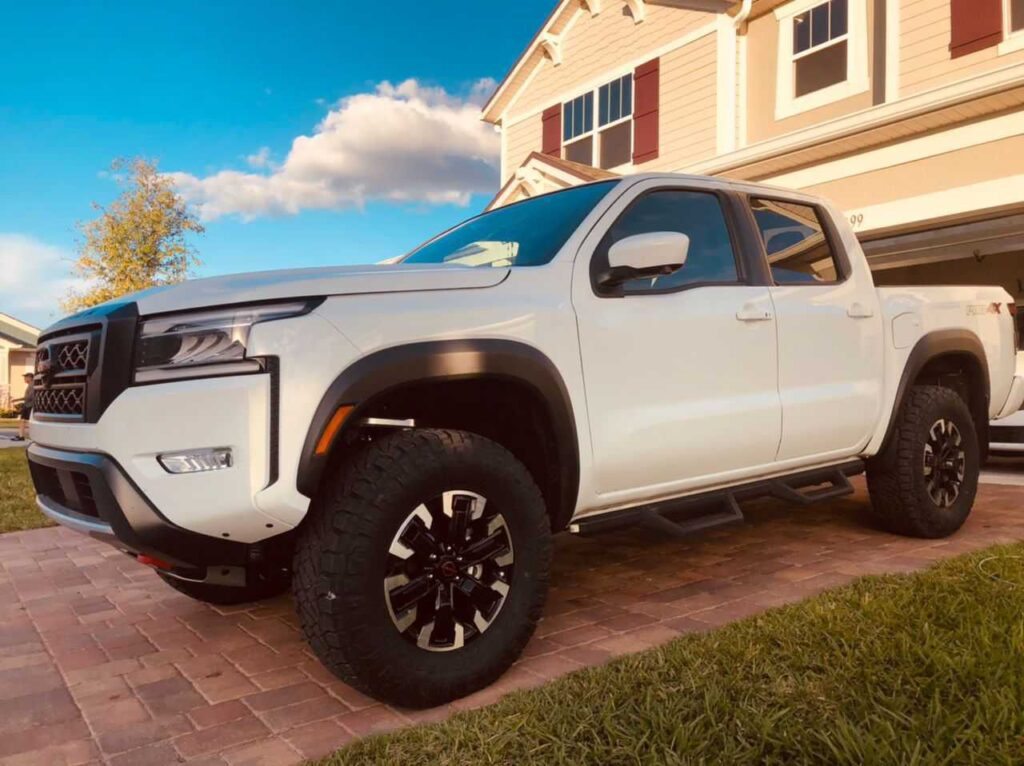
In addition to having the IMS struts and shocks already available for this 2022 Frontier, there’s also an exciting new extended travel front IMS strut offered for this truck, and it also suits backwards on the D40 Frontier (2005-2021), R51 Nissan Pathfinder, and Xterra models (all years). This is what Nissan owners have needed forever, as any lift of 2″ or more was really pushing every brand of strut out there and everyone would be riding around with the strut at full extension, riding like crap, and also having absolutely no down travel!! With this new IMS45-50648, anyone wanting to run a proper 2.0-3.0″ lift can finally do this properly. The only catch is that you must run aftermarket UCA’s to get the full travel out of the strut, as the stock UCA’s will be maxed out from the ball joint angle in them.

With 3 different coil options for the front and 3 different leaf spring options for the rear, you can lift your 2022 Nissan Frontier with whichever level of lift or spring rate you need!! If you’re trying to save some bucks and don’t want to change out your leaf springs just yet, you can order up the Quick Ride Suspension Kit, and add a simple 1.25″ or 2.0″ block and U-bolt kit for the rear to gain some height quickly and not have the added expense and work of changing out the full leaf pack. 2022 Frontier Lift Kits are here!!

What else is new for the 2022 Frontier Lift Kit options?? How about the first application for the brand new Dobinsons Billet Aluminum UCA’s!!?? Everyone knows that Dobinsons focuses a lot on Toyota suspension in the USA, but in Australia, the Nissan market is huge for Dobinsons and it makes sense to go ahead and build these new billet aluminum UCA’s for this vehicle platform, as it also suits all of the D40 and D41 vehicles, so with 15+ years of vehicles on the road that can use these new arms, it makes a lot of sense, especially since the classic Dobinsons Tubular UCA’s weren’t offered for these Nissans.
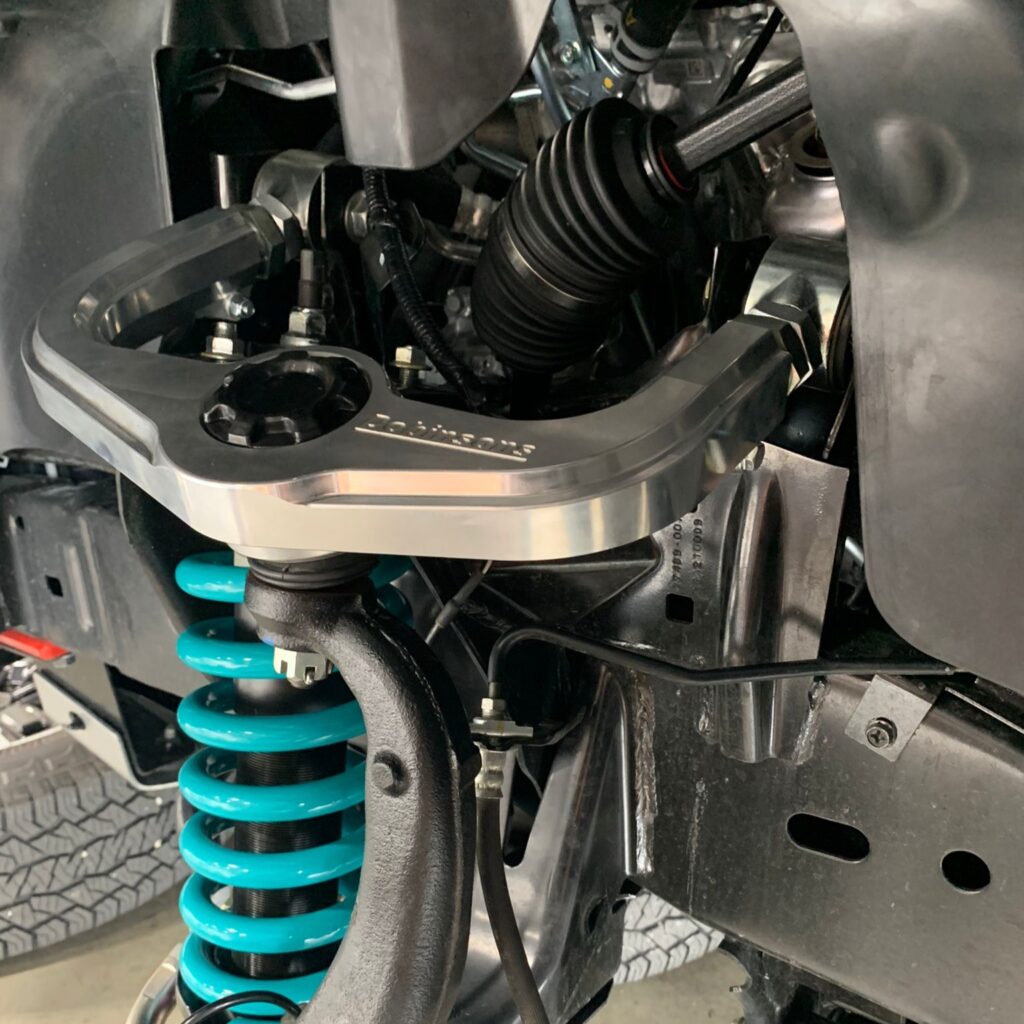
Check out both 2022 Frontier Lift Kits offered for the 2022 Nissan Frontier here: Nissan Frontier D41 Full Kits
To see all products that Exit Offroad offers for the Nissan Frontier D21, see here: Nissan Frontier D41 Products
